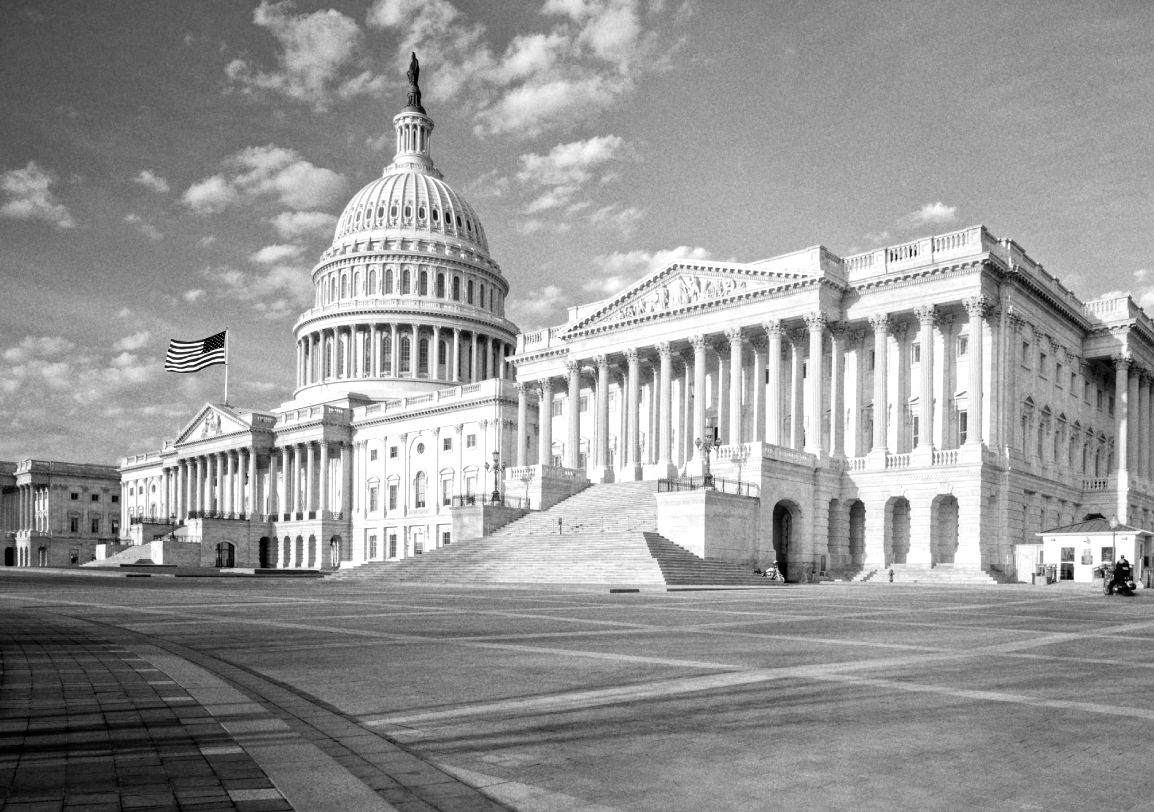
The United States Senate
Introduction
In 1973, The Supreme Court of the United States of America ruled to legalise abortion nationwide, in a landmark decision popularly known as Roe v. Wade. The ruling legalised a woman’s right to abortion as per the rights guaranteed by the 14th Amendment, including constitutional right to privacy. Later, in 1992, as per Casey v. Planned Parenthood, the trimester framework was annulled, and states were allowed to curb abortion as per a more flexible medical definition of ‘viability’. These decisions; however, were annulled by the Dobbs Decision of 2022, which certified that the Supreme Court does not recognise the Right to Abortion, and gives states the power to regulate abortion, allowing them to take drastic measures against abortion, as well as to ban it completely. Public opinion on this decision is that it violates the right to liberty and equal citizenship and has been the cause of numerous Pro-choice/Pro-life debates.
Agenda
The Senate has assembled to discuss the issue of women’s rights and medical malpractice, in the aftermath of the Dobbs Decision. It aims to address various issues, especially the failure in administration of proper healthcare to women, keeping in mind the global opinion and regulations concerning abortion. The delegates will be representing senators of their respective states, and will be expected to voice their stance and share their opinions on how to amend this decision, which would be pro-life, or pro-choice, while remaining aligned with the stance of their party (Republican, or Democratic).




